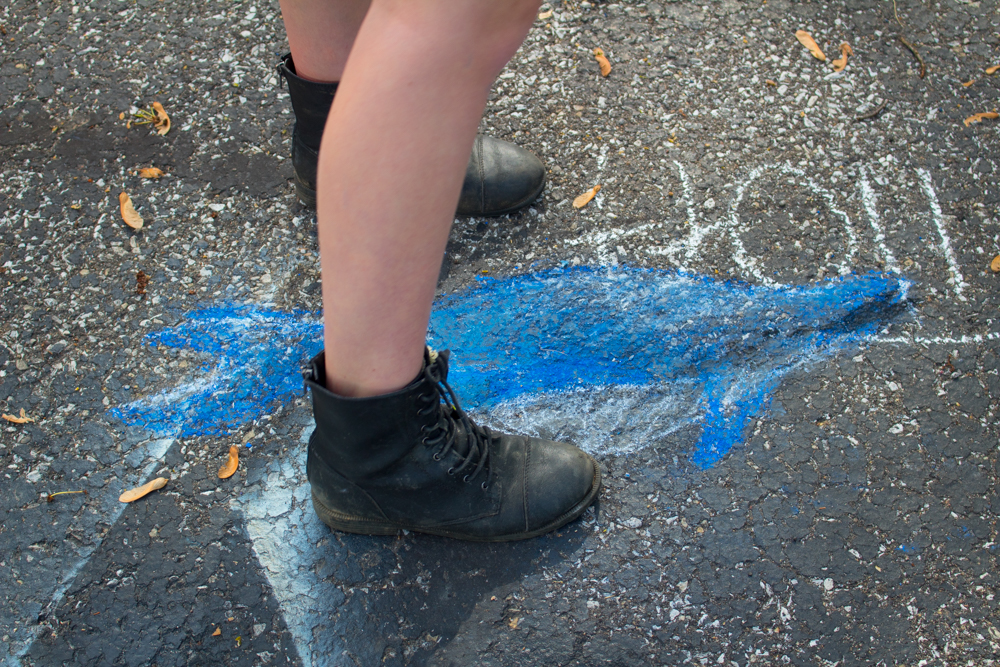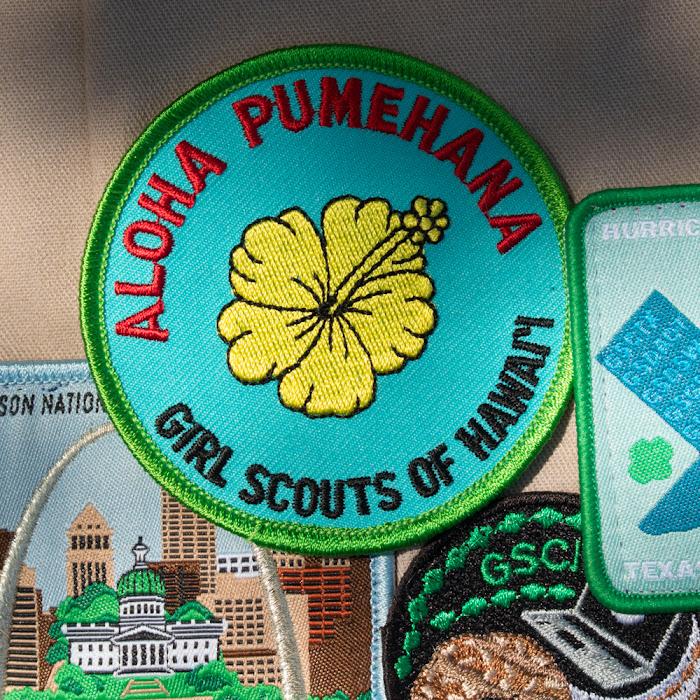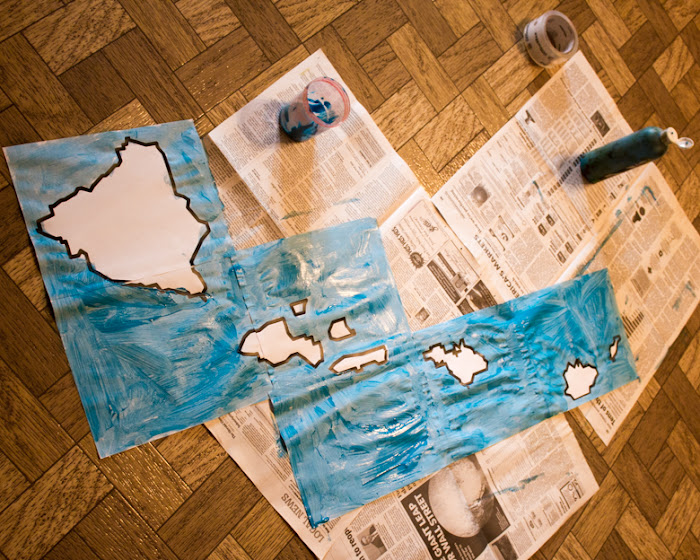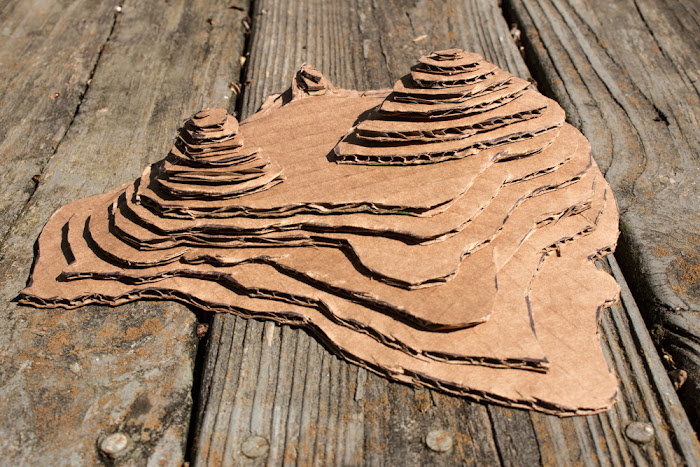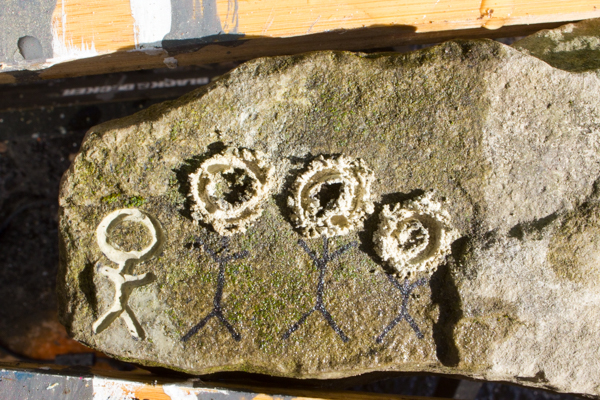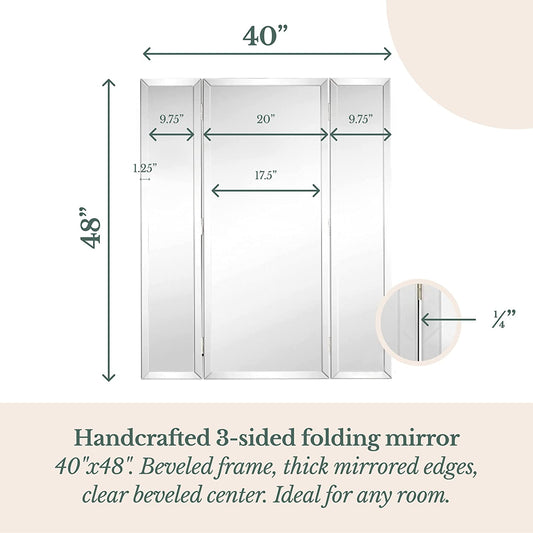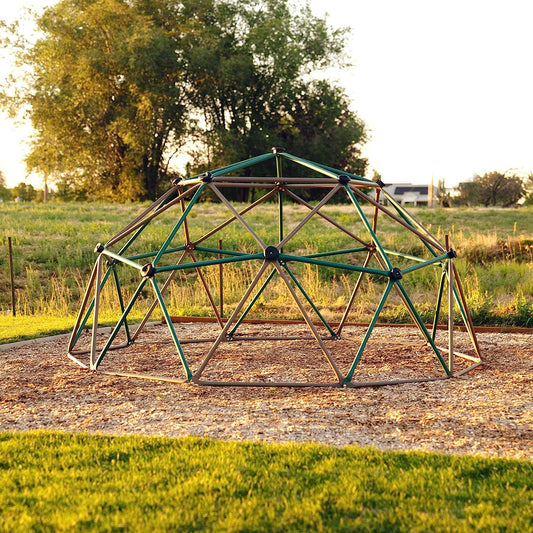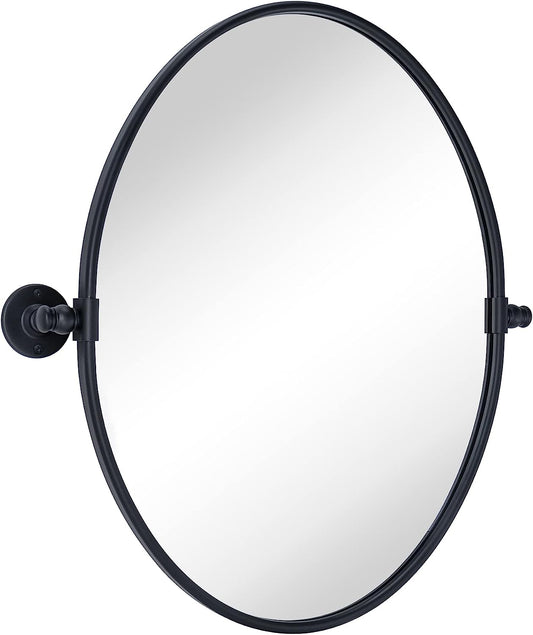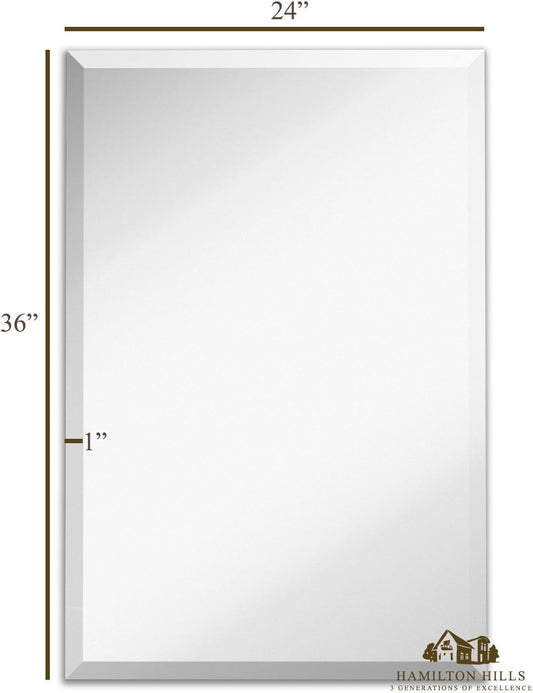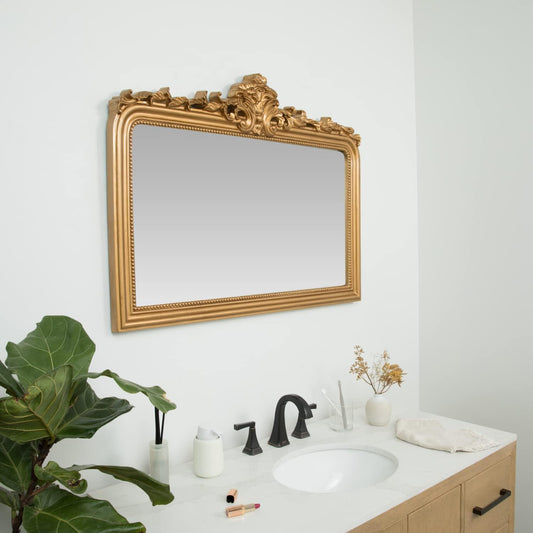I published my first round-up list of our unit study of Hawaii back in 2015. Last year (okay, we actually only finished it up a couple of weeks ago, but we STARTED it last year!), the kids and I accomplished another unit study of Hawaii, and it was just as fun with older kids doing more advanced work.
The second time we studied Hawaii was in preparation for and after our second family visit to Hawaii, and specifically for the purpose of earning the Girl Scouts of Hawai'i Aloha fun patch. Earning the fun patch is really... well, fun!... but if your kids are older or have studied Hawaii before, then the requirements to earn it may not seem rigorous enough. I adjusted the requirements to be more rigorous and challenging while still fitting the eight themes that the patch program covers, which I'll tell you about below. You still want to follow along in the official patch program guide, because it contains valuable information written by the Girl Scouts of Hawaii to other Girl Scouts around the world, but you can substitute the actual activities.
Here we go, then!
1. Geography and Geology of Hawaii
A good beginning goal for a unit study is to memorize the location of Hawaii on a world map, to memorize the state symbols associated with Hawaii, and to understand the geology that has shaped it--and is continuing to shape it!
One of the larger geography activities in this section meets the Kaua'i requirement for the Aloha fun patch.
A. map of Hawaii
I printed out a giant map of Hawaii from Megamaps, and taped it together for the kids. They then painted the ocean and labeled the eight major islands:
I put their map on the wall and we used it for daily memory work to help the kids memorize the islands.
In both studies, when we read about any interesting geographical feature of Hawaii, or made plans to visit some place such as Ka Lae, the southernmost point of the United States, I had the kids mark and label that site on the map. I think it helped orient them somewhat during our visits.
In preparation for each visit to Hawaii, I had the children look through several guidebooks to see what they wanted to visit. They actually enjoyed this activity more, however, when we were in Hawaii--how fun to look through a guidebook, point to something, say, "I want to go there!", and have the
I had the children memorize Hawaii's capital, and I printed this Hawaii state symbols coloring page for them to complete, although I had them research images of each of the symbols to get the colors correct, not just rely on the printed legend. And yes, we had to look up the pronunciation for many of the Hawaiian things that we studied! Here's how to pronounce the name of Hawaii's state bird.
In the process of this research, Will became very interested in the Hawaii state capitol building. We'd have gone to visit if it had been in session, because Will really wanted to see the representatives wearing Hawaiian shirts! The state capitol building's web site does have some activity books for children, although we didn't use them.
C. Volcanoes
The goal for this unit was to give the children a good working knowledge of the science and geology of volcanoes.
One of these volcanoes activities meets the Hawai'i requirement for the Aloha fun patch.
The kids watched BrainPop videos on volcanoes, earthquakes, and tsunami, taking the quizzes and completing the accompanying worksheets. Will and I used my DIY bendy yarn to mark the location of the Ring of Fire on our big world wall map, even though Hawaii's volcanoes are actually not due to the Ring of Fire.
To see real volcanic activity really in Hawaii, check out these volcano webcams.
To connect Hawaii's history of volcanoes to its particular geography, make a corrugated cardboard topographic map of the Big Island. Those mountains are volcanoes!
If kids are very interested in the process of Hawaii's formation, here's a much more detailed and sophisticated lesson.
We used these geography and geology resources:
2. Hawaiian culture
I knew that the kids were going to see some really inauthentic, touristy versions of Hawaiian culture on our trip, and that's fine, because those are iconic parts of a Hawaiian vacation, but I wanted the kids to also have an understanding of real Hawaiian culture and its value to the Hawaiian people.
It's important to understand that Hawaii has its own native language and native speakers of that language, especially because at one time native Hawaiians were actively dissuaded from participating in their own culture.
It's fun to listen to traditional Hawaiian music, but don't forget the musical artists who are Hawaiian, no matter the genre they perform in. Music is also a good segue into studying other aspects of Hawaii's history and culture.
To begin a study on hula, we found this intro video to be helpful. We then spent most of one morning watching YouTube videos from the Merrie Monarch festival, the world's premier hula dancing competition. Make sure that you watch performances by both women's groups and men's groups! We also did these hula tutorial videos together, and although Syd, surprisingly, did NOT enjoy them and in fact left the room in a strop, Will, surprisingly, LOVED them and happily danced along with me. This was actually really great, because there was a hula tutorial at our luau in Hawaii, and Will happily jumped right in, with the background knowledge that she likes doing the hula! If you're not planning to visit Hawaii, an excellent enrichment activity would be having the kids help plan an at-home luau, complete with roasted pork and hula dancing.
Hawaii has a fascinating food culture, not just of traditional dishes but also of dishes influenced by its immigrant cultures, by the crops grown by colonizing forces, and by foods eaten during wartime scarcity.
Kona Coffee is a huge deal on the Big Island. We toured Greenwell Farms during our trip, and I highly recommend it, but their website also has some great educational videos on coffee farming. Good enrichment activities for that would be teaching the kids how to grind coffee beans and make you a delicious cup of coffee, or baking a coffee cake or another treat that includes coffee as an ingredient.
The Aloha fun patch guide has instructions for hosting a luau, including recipes for what to serve. We did this for a family dinner one night and had a delicious time eating crock pot Kalua pork, haupia, and coconut cake.
2. Hawaiian history
The goals for this unit were to understand that Hawaii has a vast pre-colonial history, to understand that it was colonized and its sovereign government overthrown by the United States, and to understand its iconic role in World War 2.
B. Hawaiian monarchy
Unfortunately, this subject was difficult to find ample resources for outside of Hawaii, although once we were there we really did find ourselves immersed in the history of Hawaii's monarchy and were able to explore some wonderful places important to the monarchy and see some beautiful treasures.
I printed out this large infographic of Hawaii's monarchs and had the children put it on the wall under our map for easy reference. I also tried to get the kids to watch this American Experience episode on Hawaii's last queen, but it was super dry and didn't hold their interest. Matt and I later watched it by ourselves, and it hardly held my interest, either, but I wanted the information so I muscled through.
We used these resources on the Hawaiian monarchy:
C. Pearl Harbor
We actually incorporated this lesson into our larger study of World War 2, so you'll want to add in your own pre- and post-Pearl Harbor context to this lesson.
I wanted the kids to understand the logistics of the attack, of course, but I also wanted them to be able to visualize it, because that's how they'll remember. Much of our study took place at the actual Valor in the Pacific National Park, where the kids earned Junior Ranger badges and we took at ferry out to the USS Arizona Memorial. Will, especially, also really loved the Pacific Aviation Museum, and I appreciated being able to see some of the actual aircraft models used at Pearl Harbor and Midway. Both of these places have excellent online presences, as well. The kids didn't enjoy Tora! Tora! Tora! enough to watch the entire thing, but they did watch the Pearl Harbor attack, and it's a really, really accurate version.
We used these further resources to study Hawaii's history. In particular, all three of us adored Under the Blood-Red Sun--we listened to it on audiobook in the car, and the entire family was riveted.
4. Biology, botany, and ecology of Hawaii
I had each of the kids spend a few school lessons looking up native Hawaiian plant or animal species and creating infographics about them using Piktochart. If kids are very interested in the subject, here's an entire lesson on Hawaii's endemic species, or a pdf board game about Hawaii's watershed.
Whales are always fun and fascinating to study. To make the kids' fact-finding projects about whales more interesting, we measured their lengths out and drew them in chalk:
